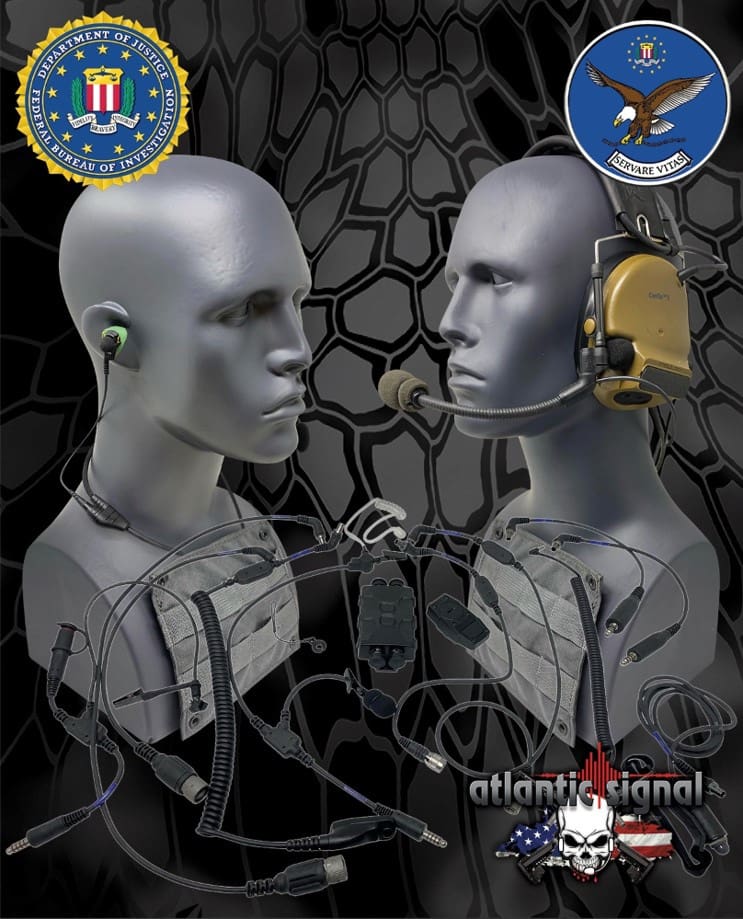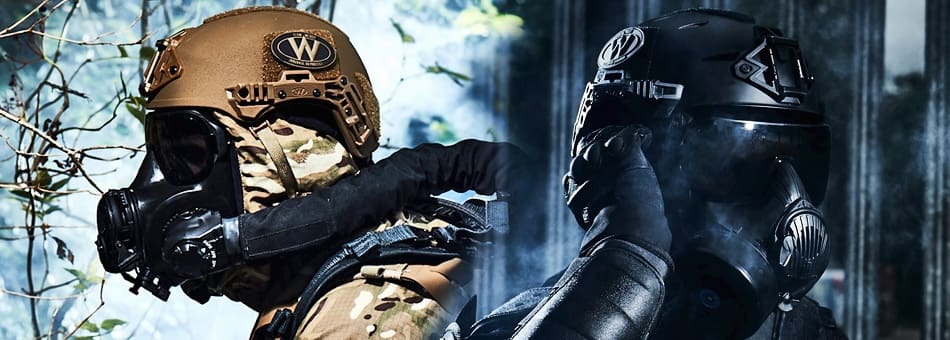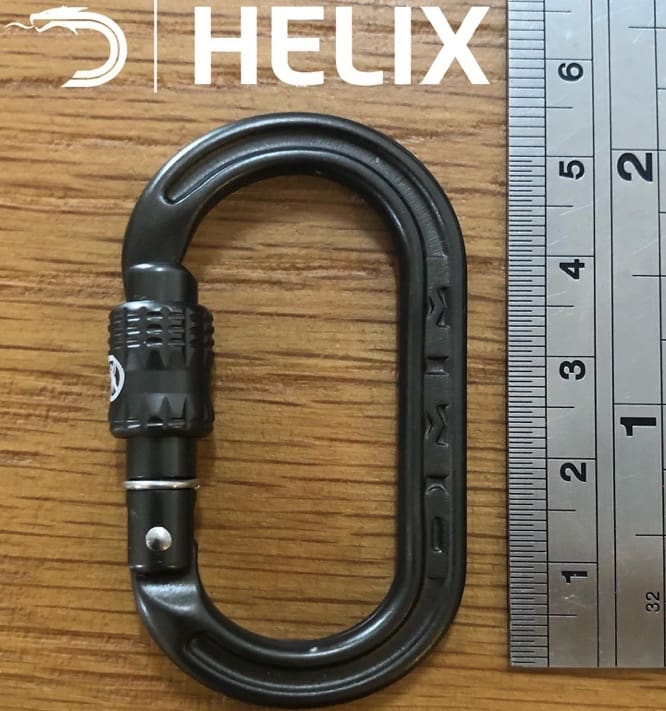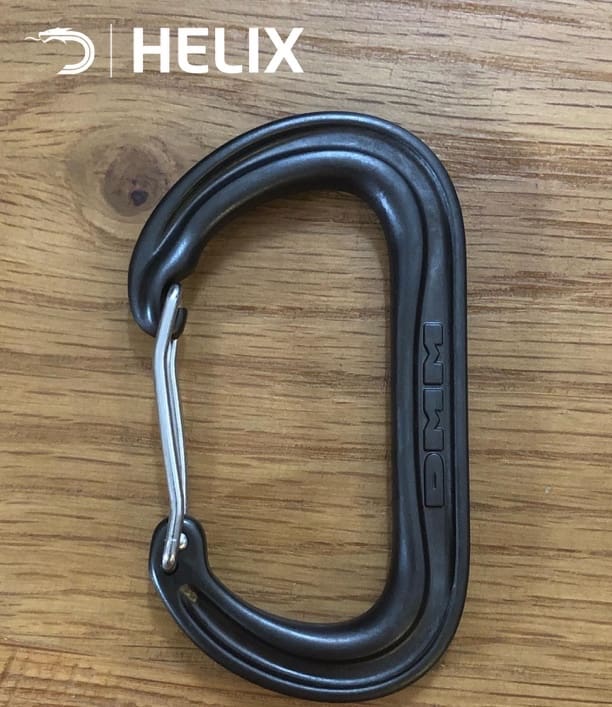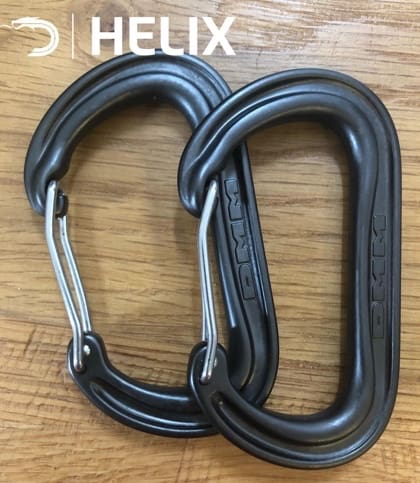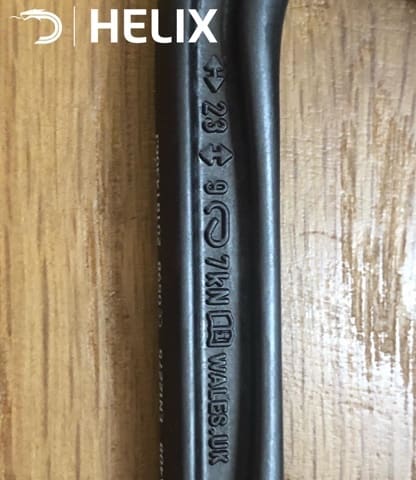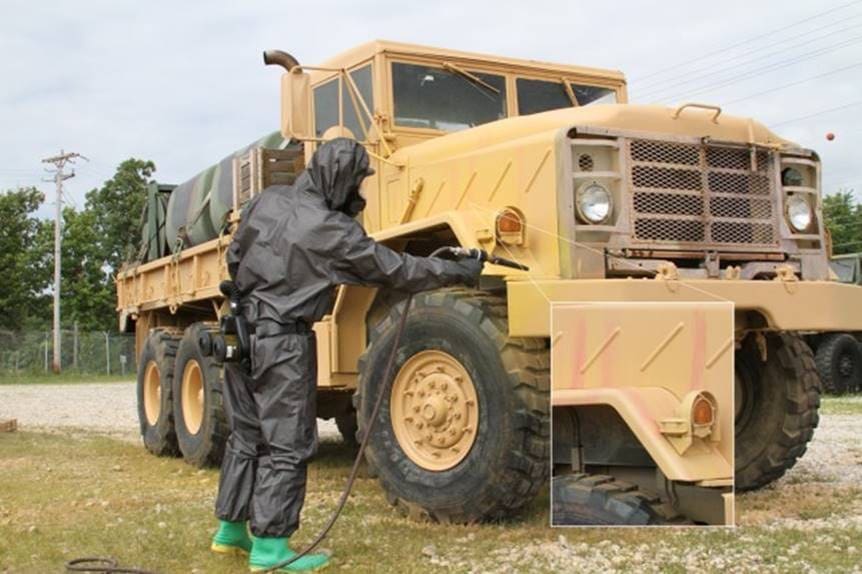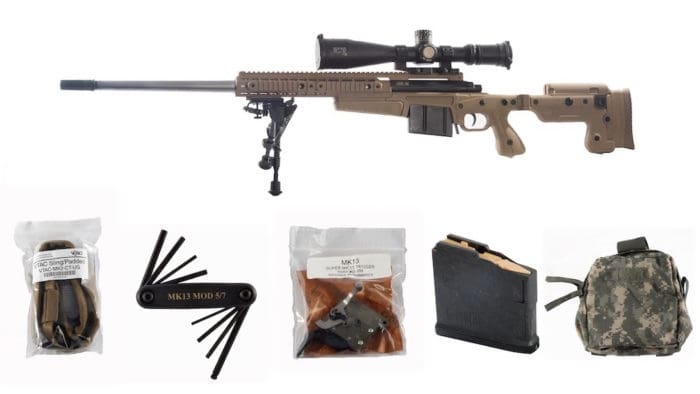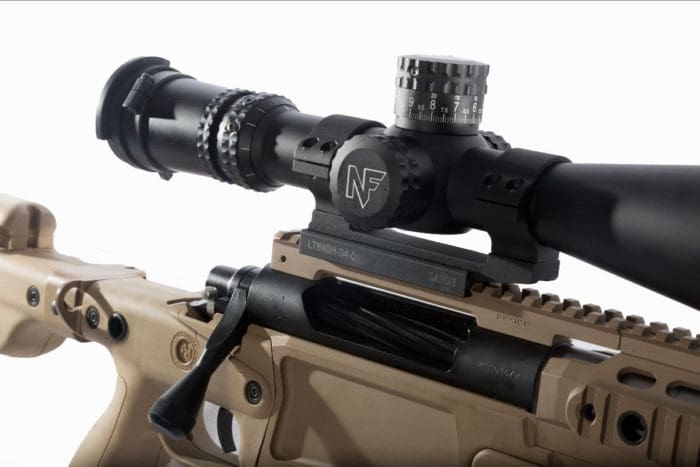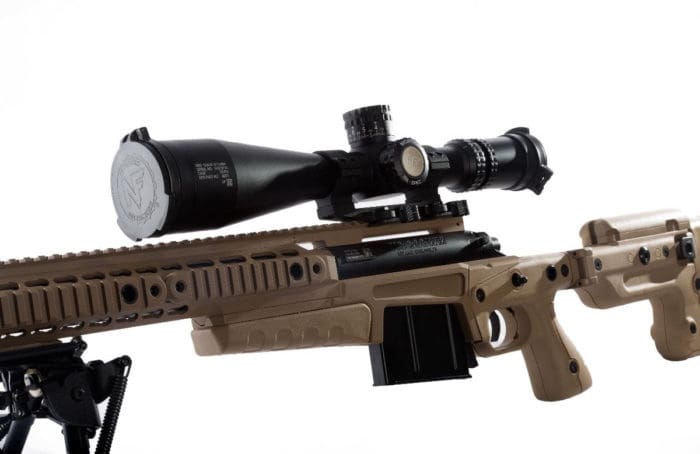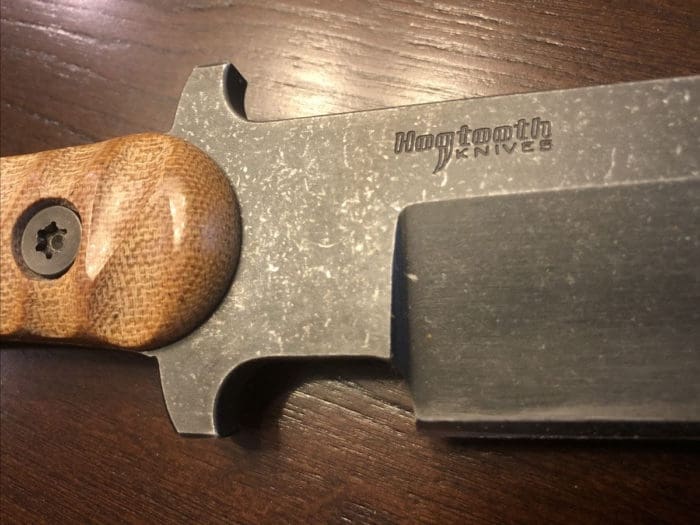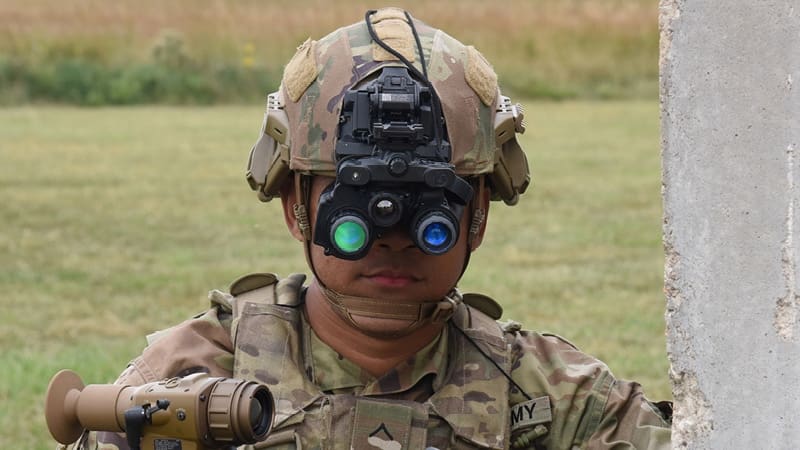Azimuth is a premier manufacturer of tight-tolerance firearms components, with a focus on perfecting the industry’s most challenging parts, including handgun slides, handgun barrels and bolt carrier groups, for a diverse base of OEM and aftermarket customers. Through proprietary manufacturing techniques perfected by drawing on extensive experience in the medical device industry, Azimuth has developed a highly efficient production process that delivers exceptional product quality with absolute repeatability. Azimuth is headquartered in Naples, Florida.
LongueVue Capital is a New Orleans-based private equity firm that focuses on providing human capital, financial capital and a skill set built upon a successful 20-year track record of partnering with entrepreneurs and management teams to drive value creation in middle market companies. The firm’s opportunistic investment strategy and creative deal structures provide the flexibility to partner with attractive businesses across a variety of industries and situations.
Clavis Capital Partners is a private investment firm in Dallas, Texas with deep experience in investing in, operating and growing U.S.-based industrial businesses. The firm provides flexible capital to make control investments in a broad range of strategically viable but capital-constrained, industrial-oriented companies.
Chumash Capital Investments, LLC, a wholly owned investment entity of the Santa Ynez Band of Chumash Indians, directs economic development investments for the Chumash Tribe. It is capitalized to provide for acquisitions of companies and other opportunities that complement the growth strategy for the tribe. CCI continues to build economic security for its tribal members and future generations by maintaining and expanding a portfolio of sophisticated enterprises.
“The Azimuth team is thrilled to partner with the Santa Ynez Band of Chumash Indians as we embark on our next phase of growth in the firearms and defense industry,” said Azimuth’s CEO, Len Zaiser IV. “CCI’s acquisition of Azimuth provides a major opportunity to target government and foreign military opportunities while continuing to serve our customers with leading quality, speed and precision.”
John Elliott, CEO of the Santa Ynez Band of Chumash Indians, stated, “We are very excited to welcome Azimuth into the Chumash Capital Investments portfolio. This acquisition supports our goal of ensuring long-term economic stability for the Chumash Tribe while offering an attractive counterbalance to CCI’s existing hospitality and leisure-focused investments. We believe Azimuth is primed for continued rapid growth, and we look forward to partnering with the Company’s outstanding management team to help Azimuth reach its full potential.”
Houlihan Lokey acted as exclusive financial advisor to Azimuth, and Norton Rose Fulbright acted as legal counsel to Azimuth. Horizon Business Advisors, LLC acted as exclusive financial advisor to CCI, and Holland & Knight acted as legal counsel to CCI. Bell Nunnally & Martin LLP served as legal counsel to CCI with respect to transaction financing matters.


